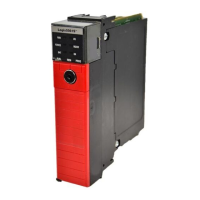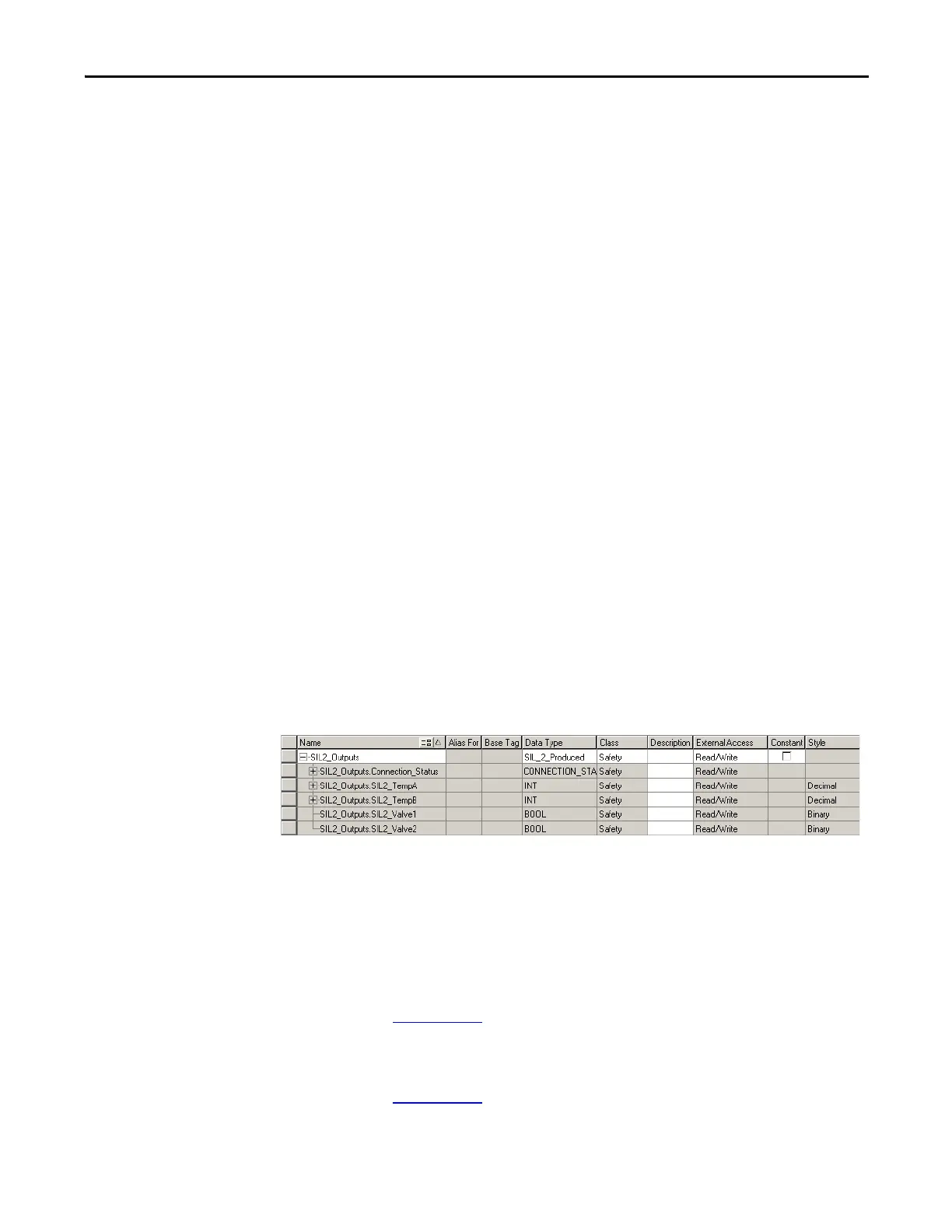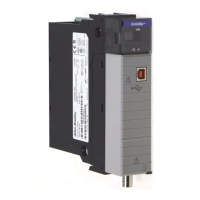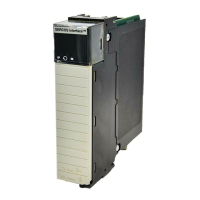Rockwell Automation Publication 1756-RM093J-EN-P - April 2018 105
Using 1794 FLEX™ I/O Modules and 1756 SIL 2 Inputs and Outputs with 1756 GuardLogix Controllers to Comply with EN 50156 Appendix G
SIL 2 Outputs Using SIL 3
Guard I/O Output Modules
Follow these guidelines for SIL 2 outputs:
• The following list of Guard I/O™ output modules used for SIL 2 safety
outputs must be configured for dual-channel operation (all Guard I/O
output modules are approved for use in SIL 2 applications):
– 1732DS-IB8XOBV4
– 1791ES-IB8XOBV4
– 1791DS-IB8XOBV4
– 1791ES-IB8XOBV4
– 1791DS-IB4XOW4
– 1791DS-IB8XOB8
• The following output modules are approved for use in SIL 2 applications,
using a single channel safety output:
– 1734-OB8S
– 1732ES-IB12XOB4
– 1732ES-IB8XOB8
SIL 2 Outputs Using 1756 or
1794 SIL 2 Output Modules
When using these SIL 2-rated output modules, you are required to configure
your SIL 2 safety outputs as GuardLogix-produced safety tags to comply with the
dual-channel requirements of EN 50156.
Create produced safety tags with the SIL 2 outputs that your application
requires. GuardLogix produced/consumed safety tags require the first member to
be allocated for diagnostics. The first member of a produced/consumed safety
connection must be a data type called CONNECTION_STATUS. This
example shows a SIL 2 tag with two INT and two BOOL members. Use these
SIL 2 safety tags to directly control the 1756 or 1794 SIL 2 outputs.
• Follow all rules for 1756 I/O modules as defined in the Using
ControlLogix in SIL 2 Applications Safety Reference Manual, publication
1756-RM001
.
• Follow all rules for 1794 FLEX I/O modules as defined in the FLEX I/O
System with ControlLogix for SIL 2 Safety Reference Manual, publication
1794-RM001
.
In this example, a consumer for the produced tag is not shown. The connection
status will show faulted if you don't configure a consumer. However, in this
type of configuration, you are not required to monitor the connection status of
the produced tag so the fault is not a concern.

